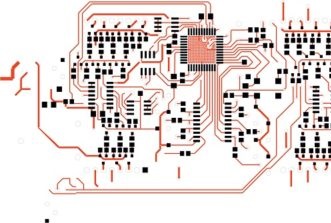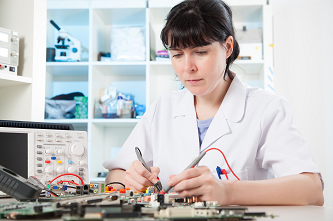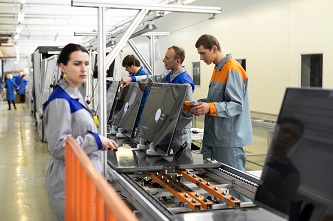This website uses cookies so that we can provide you with the best user experience possible. Cookie information is stored in your browser and performs functions such as recognising you when you return to our website and helping our team to understand which sections of the website you find most interesting and useful.
Solar-Powered Ultralight Drone Takes Flight
Researchers have recently unveiled a groundbreaking development in drone technology with the introduction of the CoulombFly. This innovative drone is designed to achieve self-powered hovering for extended periods, relying solely on solar energy. Unlike traditional drones, the CoulombFly features a unique design that incorporates solar cells, a voltage converter, and an electrostatic motor to drive its helicopter-like propeller. These components have been meticulously optimized to strike a balance between efficiency and lightweight construction.
Despite its impressive capabilities, the CoulombFly comes with a set of limitations that dampen immediate consumer enthusiasm. Notably, the drone lacks onboard control hardware and is unable to navigate in a directed manner, making it prone to drifting when released outdoors. Additionally, certain components of the drone are deemed fragile, raising concerns about its durability. However, researchers have successfully demonstrated the potential for miniaturization, showcasing a version of the CoulombFly that weighs a mere 9 milligrams.
A pivotal aspect of the CoulombFly's design lies in the researchers' departure from conventional electromagnetic motors commonly found in drones. By focusing on developing a lightweight electrostatic motor, the team was able to reduce the overall weight of the system significantly. Unlike electromagnetic motors that rely on metal coils, electrostatic motors harness charge attraction and repulsion to generate power, offering a more efficient alternative.
The electrostatic motor integrated into the CoulombFly features a distinctive configuration, with an inner ring of stationary charged plates known as the stator. Comprising thin carbon-fiber plates coated in aluminum foil, these stator plates exhibit opposite charges when in operation. Surrounding the stator is a ring of 64 rotating plates that play a crucial role in propelling the drone.
Operation of the motor commences with the charging of the plates in the outer ring, initiating a pull from the oppositely charged stator plates. As the rotating ring begins to turn, contact between the stator and rotor plates facilitates the transfer of charges, ensuring a continuous cycle of attraction and repulsion that sustains the rotor's movement. This intricate mechanism enables the CoulombFly to achieve self-powered hovering, marking a significant advancement in drone technology.














